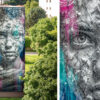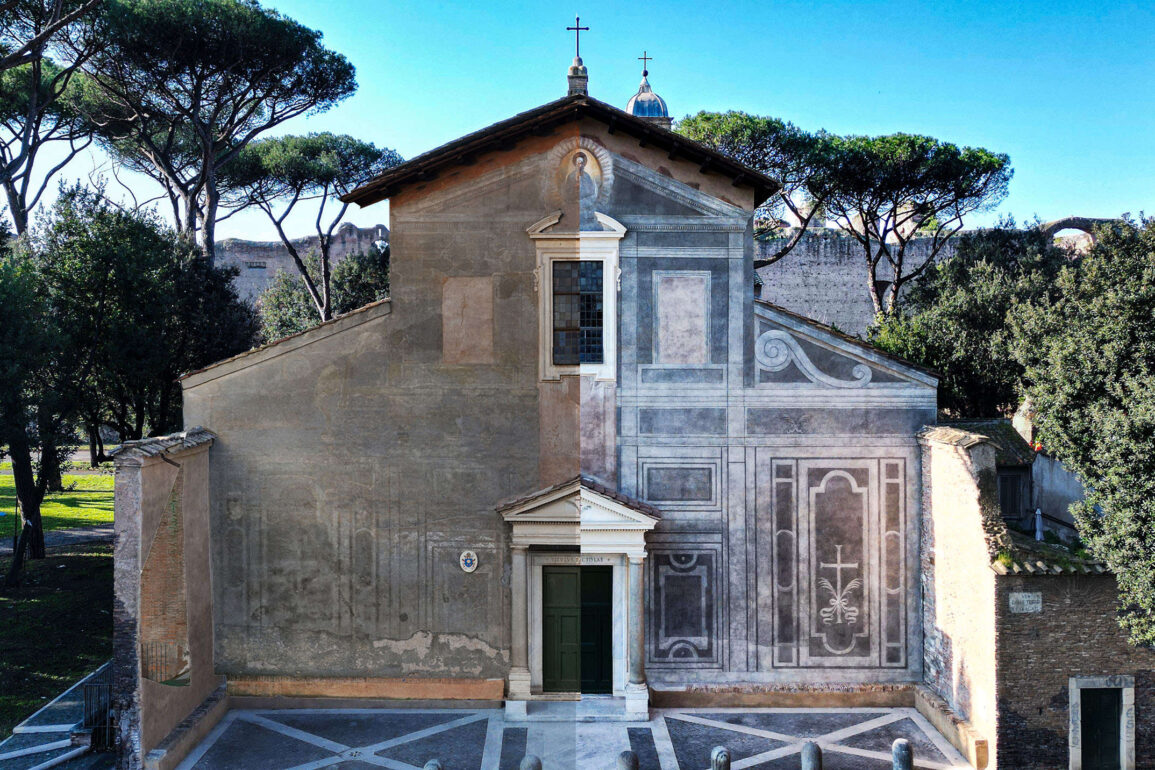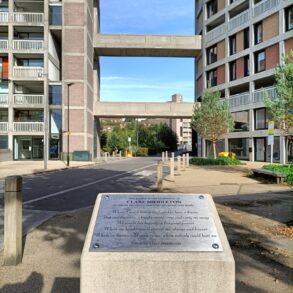Completed the restoration of the extraordinary and rare graffito-decorated facade of the Church of Saints Nereus and Achilleus, by the Special Superintendence of Rome and funded by the PNRR. A unicum in the panorama of sacred architecture in the Capital.
The Special Superintendence of Rome has returned to the city one of its rarest and most fascinating examples of architectural decoration: the facade of the Church of Saints Nereus and Achilleus, made with the graffito technique, unique in Rome. The restoration, funded by the National Plan for Recovery and Resilience (PNRR), was directed by restorer Eleonora Leprini, coordinated by Maria Cristina Lapenna and carried out by the Consorzio l’Officina.
The intervention proved particularly complex due to the severe degradation of the surface, which had erased entire sections of the decoration. Thanks to careful archival research and the discovery of the remaining engravings, it was possible to faithfully reconstruct the ancient architectural score. Cleanings, consolidations and additions were carried out with respect for the original material, using reversible materials and traditional techniques.
Numerous professionals contributed to the restoration, including restorers Carlotta Banchelli, Fabiano Ferrucci, Irene Montagnolo, Fabrizio Pellegrini, Giulia Cappelletti, Francesca Procaccini, Aurora Penci, Francesco Lulli, Rosario D’Andrea, Doriana Greco, Matteo Bianchi, Clyde Vidler, Antonia Panico and Antonella Di Remigio. Security was coordinated by Francesca Romana Bortolotti, with operational support by Valeria Ricci, design by Giulia Carluccio and surveying by Emiliano Mura.
“Presenting this restoration during the Jubilee year is a great achievement,” says Daniela Porro, Special Superintendent of Rome, “because this small church has very ancient origins, but it owes its appearance to the Jubilees of 1475 and, in particular for the facade, the 1600s. An achievement made possible by funds from the National Recovery and Resilience Plan – Caput Mundi, which has allowed us to return to citizens and visitors the very special geomentric decorative score of this building that overlooks Viale delle Terme di Caracalla.”
“With this restoration, the façade has lost the emptiness and confusion that characterized it,” explains Eleonora Leprini, Restoration Officer of the Superintendence, “and has regained the lightness of a suggested decoration: observing the overlapping orders and the slightly scanned surface, one mentally completes the geometric backgrounds and the whole urban context recovers harmony.”
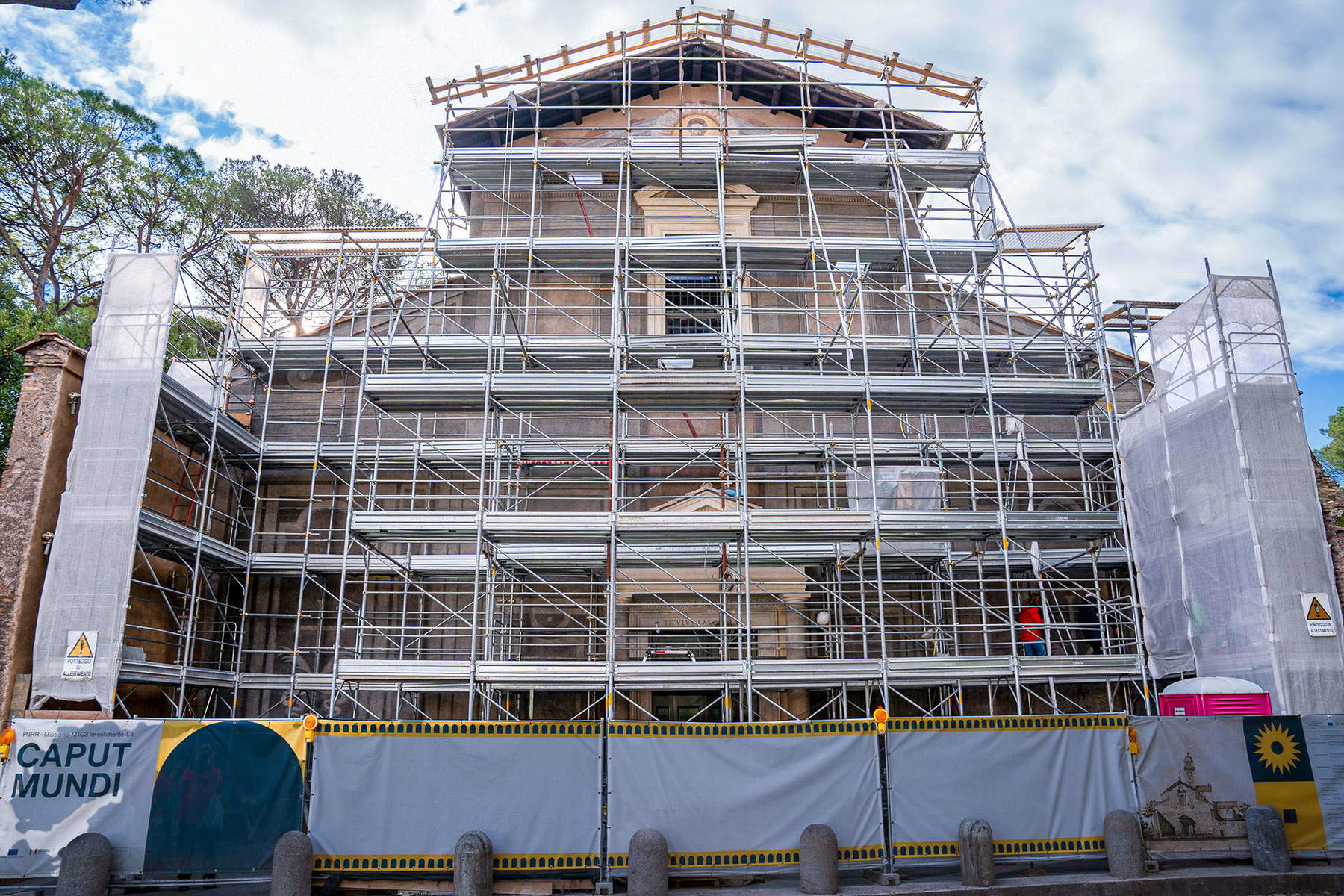
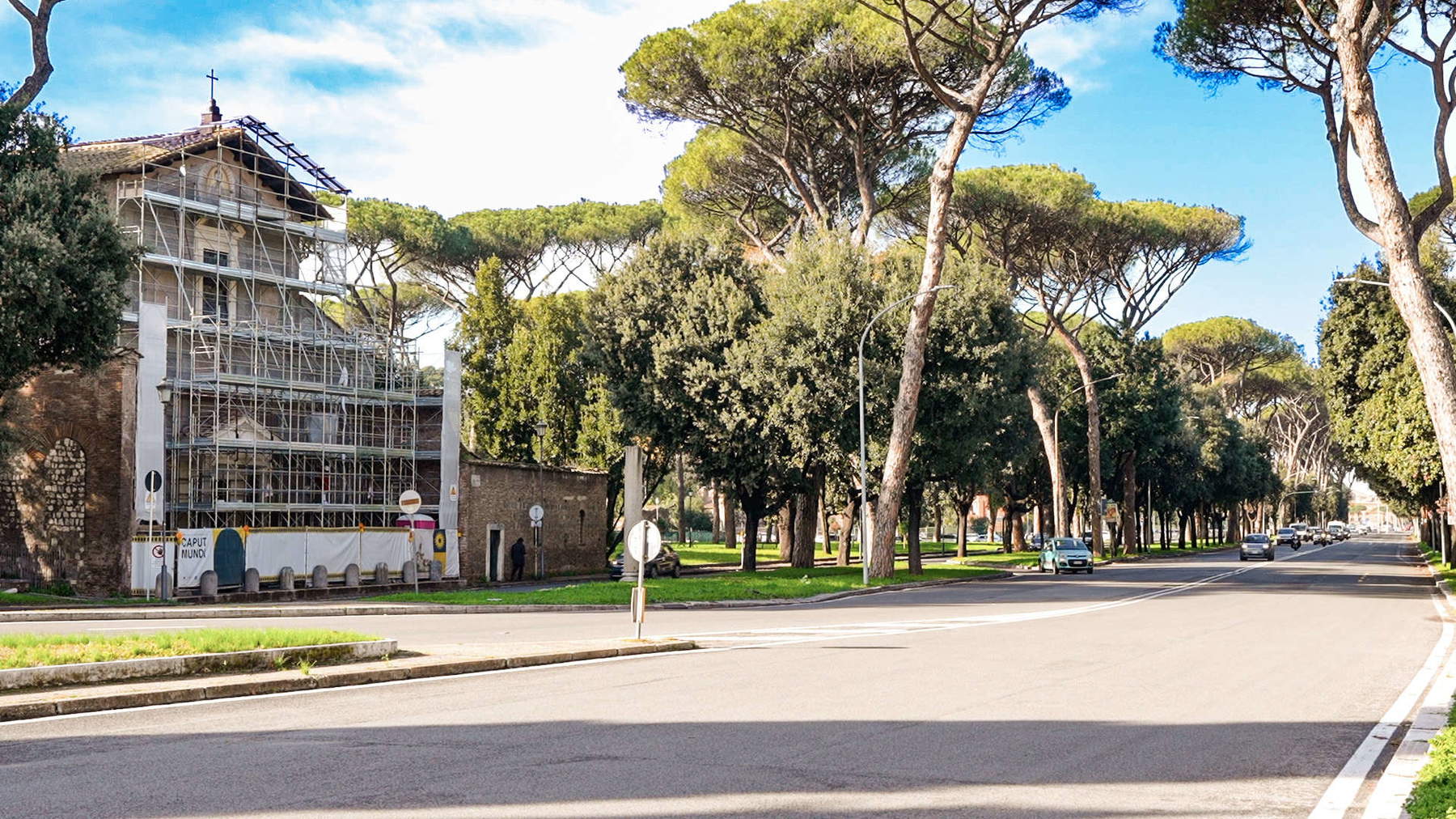

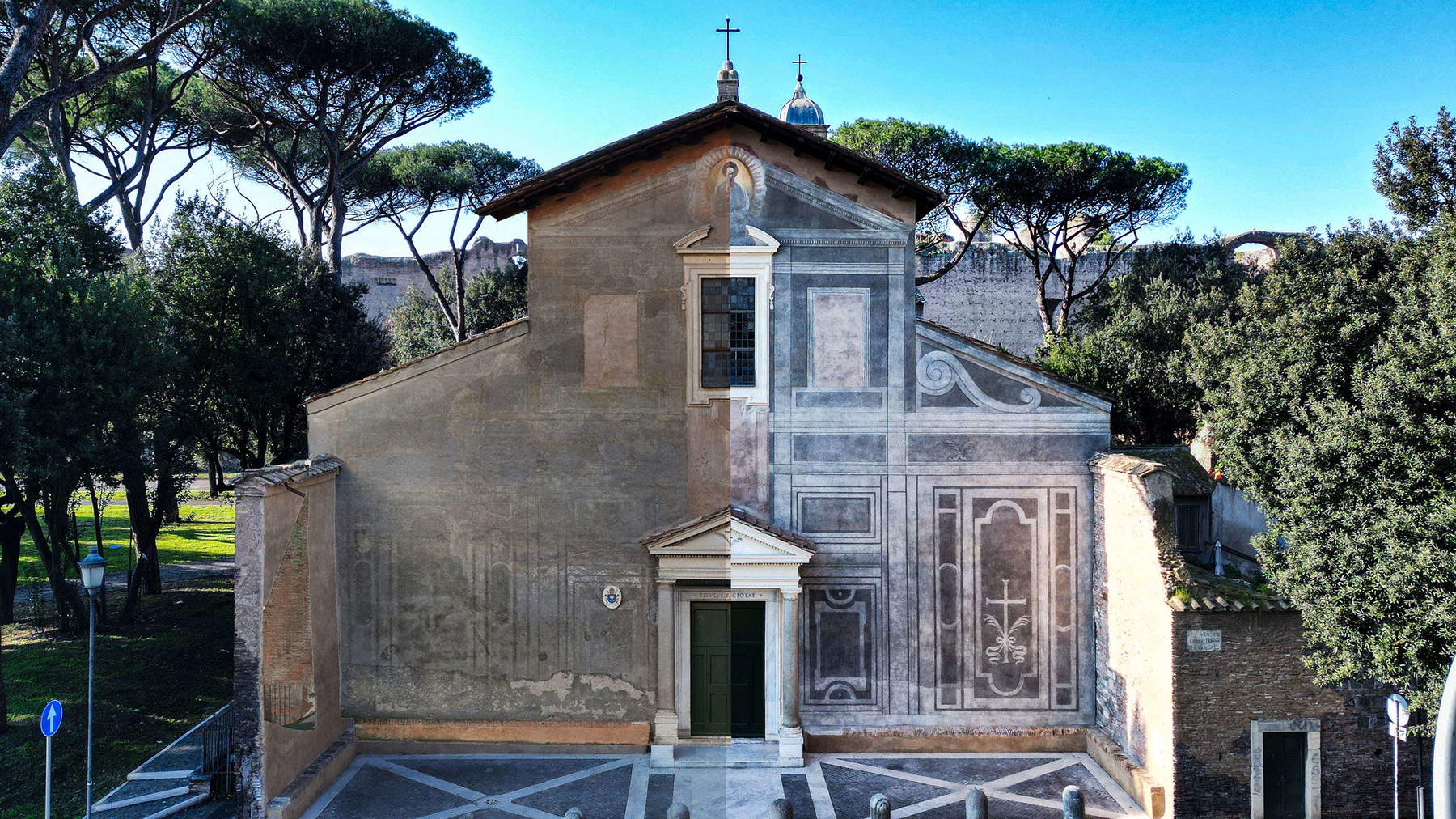
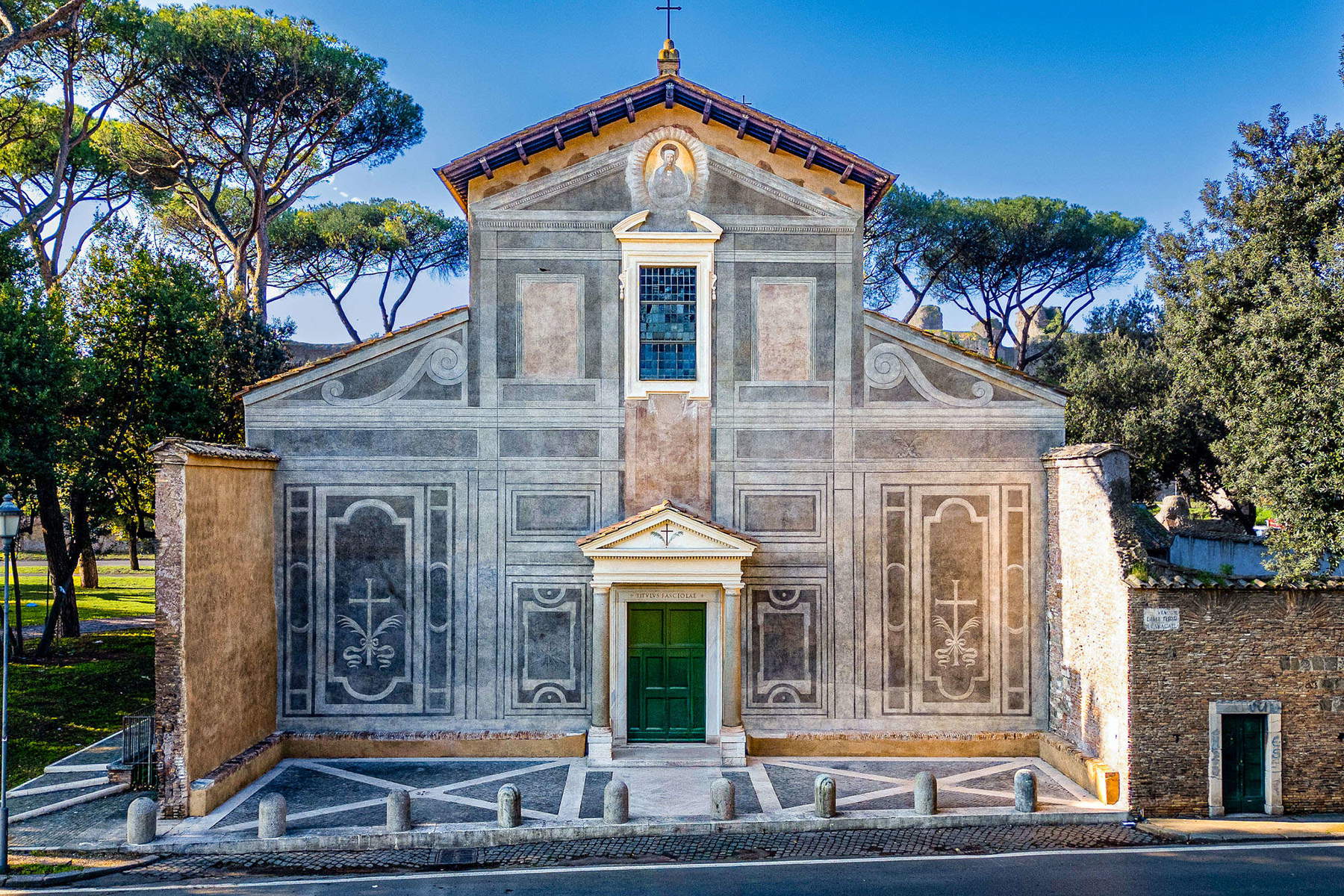
A church between art, history and spirituality
Located along the Appian Way, near the Porta Capena, the Church of Saints Nereus and Achilleus traces its origins to the Titulus Fasciolæ, linked to the tradition of St. Peter’s escape from the Mamertine Prison. The present structure dates from 1600, when, in preparation for the Jubilee, Cardinal Cesare Baronio commissioned its reconstruction based on a design by the painter Girolamo Massei. The facade, extraordinarily executed in graffito, represents a Renaissance score of overlapping orders, with side volutes, string-course friezes and niches containing images of Saints Nereus and Achilleus and probably Saint Domitilla. In the center of the tympanum is the image of Our Lady of Vallicella, a symbol of Oratorian devotion.
The graffito technique, widespread in the 16th century especially in the civil sphere, involves the laying of two layers of plaster on top of each other: the innermost, darker one is brought out through incisions on the light surface, creating chiaroscuro effects of great refinement. The application on an ecclesiastical façade is an absolute exception in Rome, perhaps dictated by limited time and resources, but now revealed to be a treasure trove of art and ingenuity. With this intervention, the Special Superintendence of Rome returns to the capital a unique testimony of the sacred Renaissance, enhancing a place that is often little known but charged with history and spirituality.
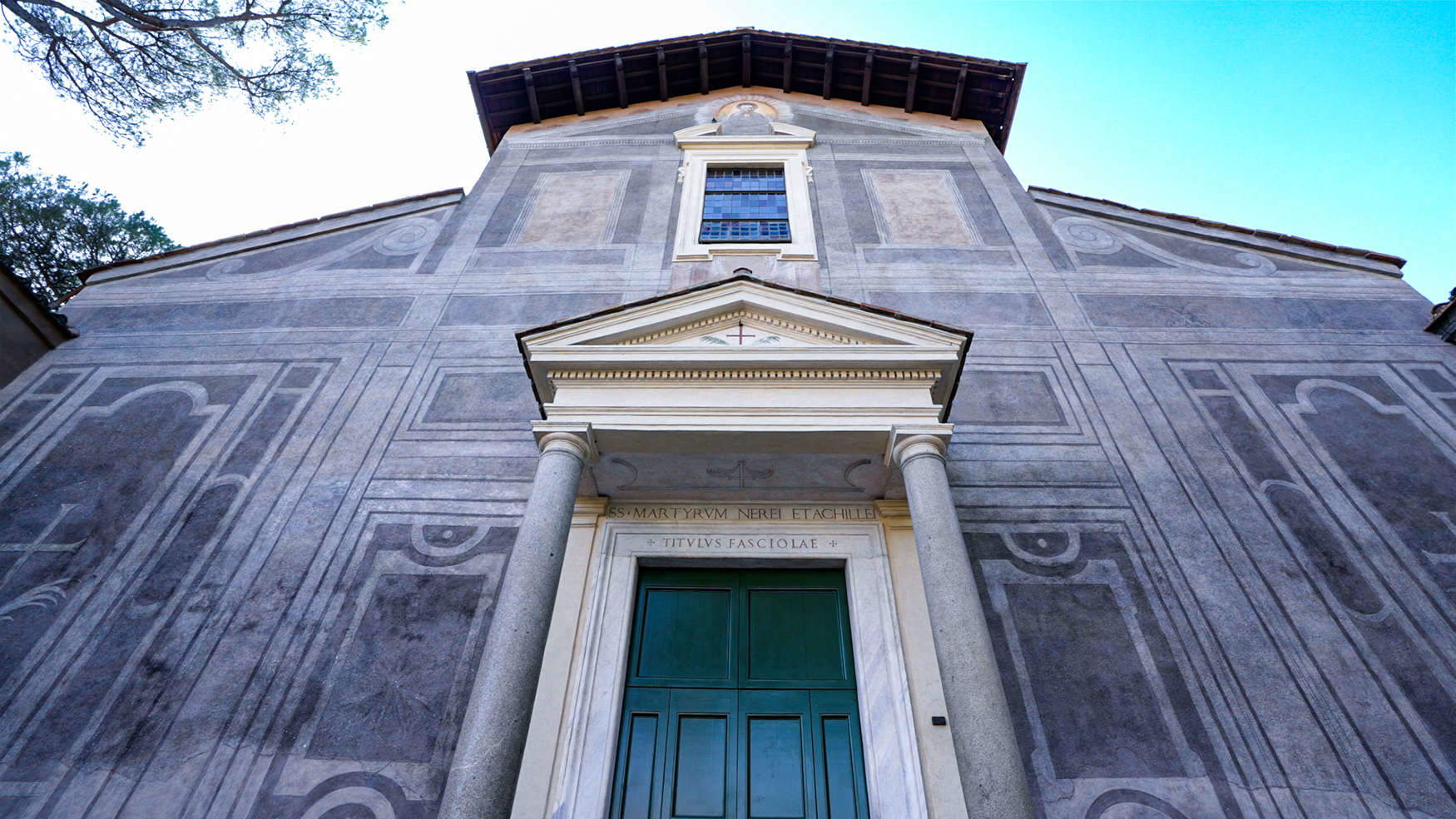
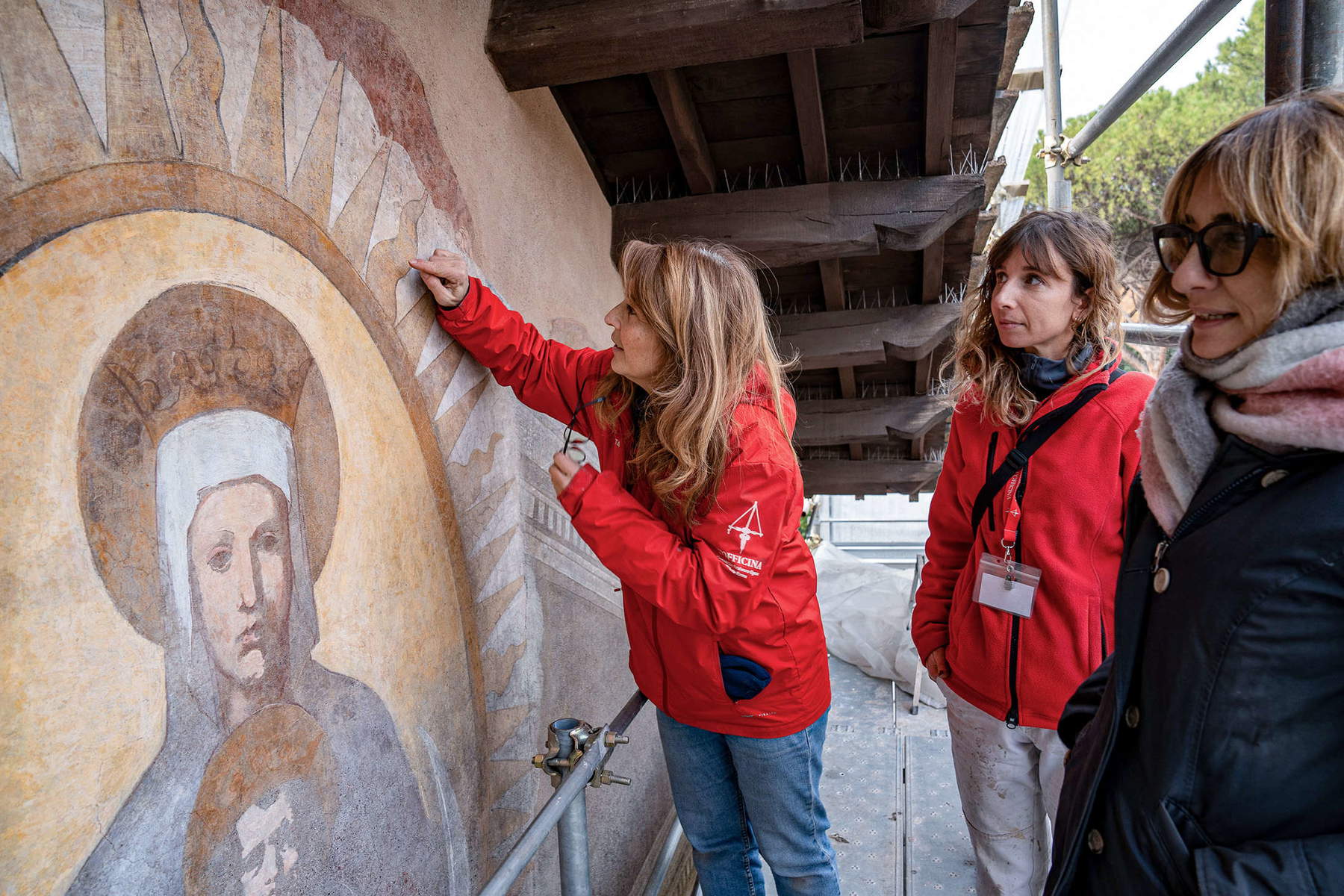
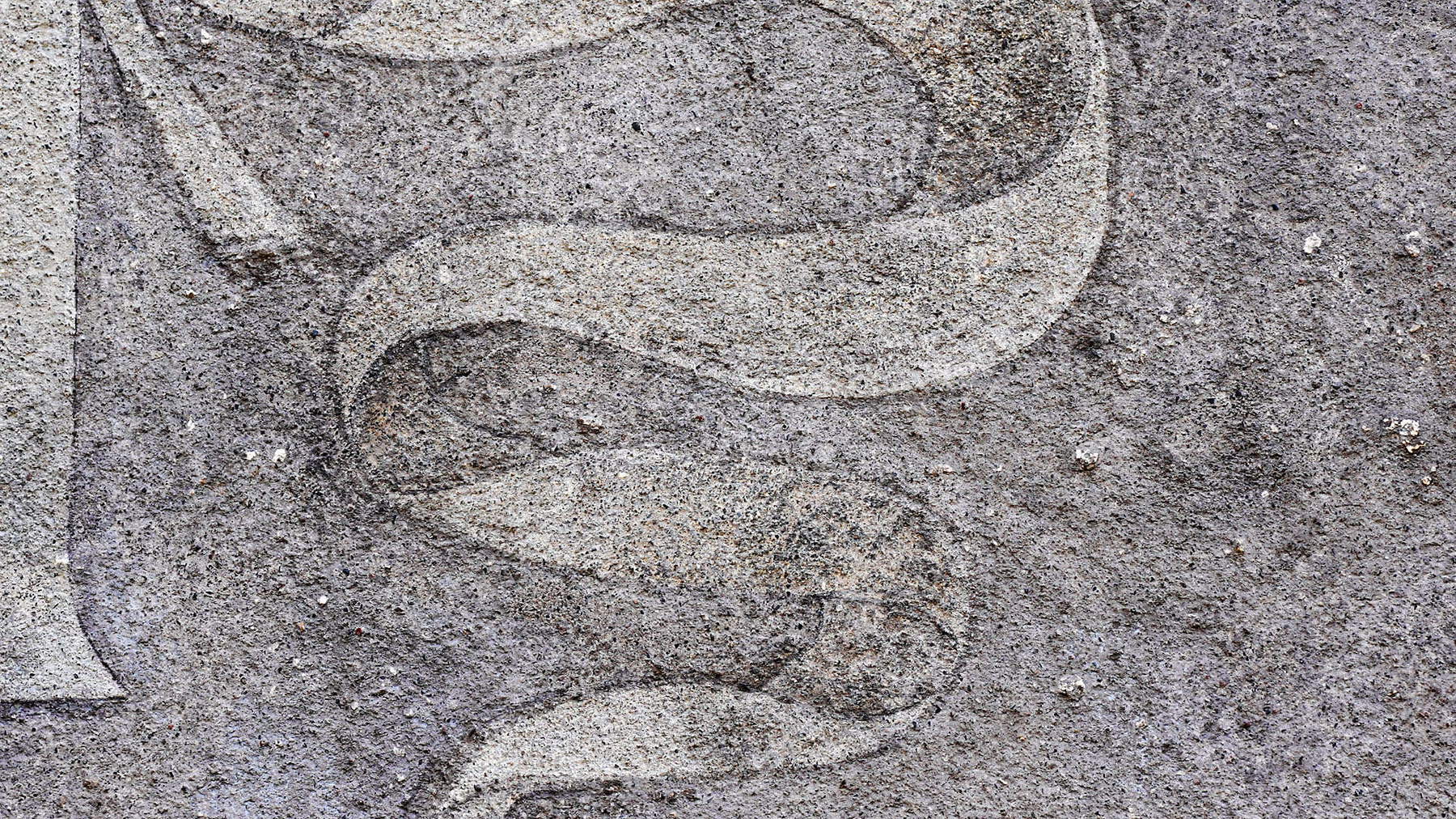

 |
| Rome, restored the graffiti facade of the church of Saints Nereus and Achilleus, a unique |
Warning: the translation into English of the original Italian article was created using automatic tools.
We undertake to review all articles, but we do not guarantee the total absence of inaccuracies in the translation due to the program. You can
find the original by clicking on the ITA button. If you find any mistake,please contact us.
This post was originally published on this site be sure to check out more of their content.


